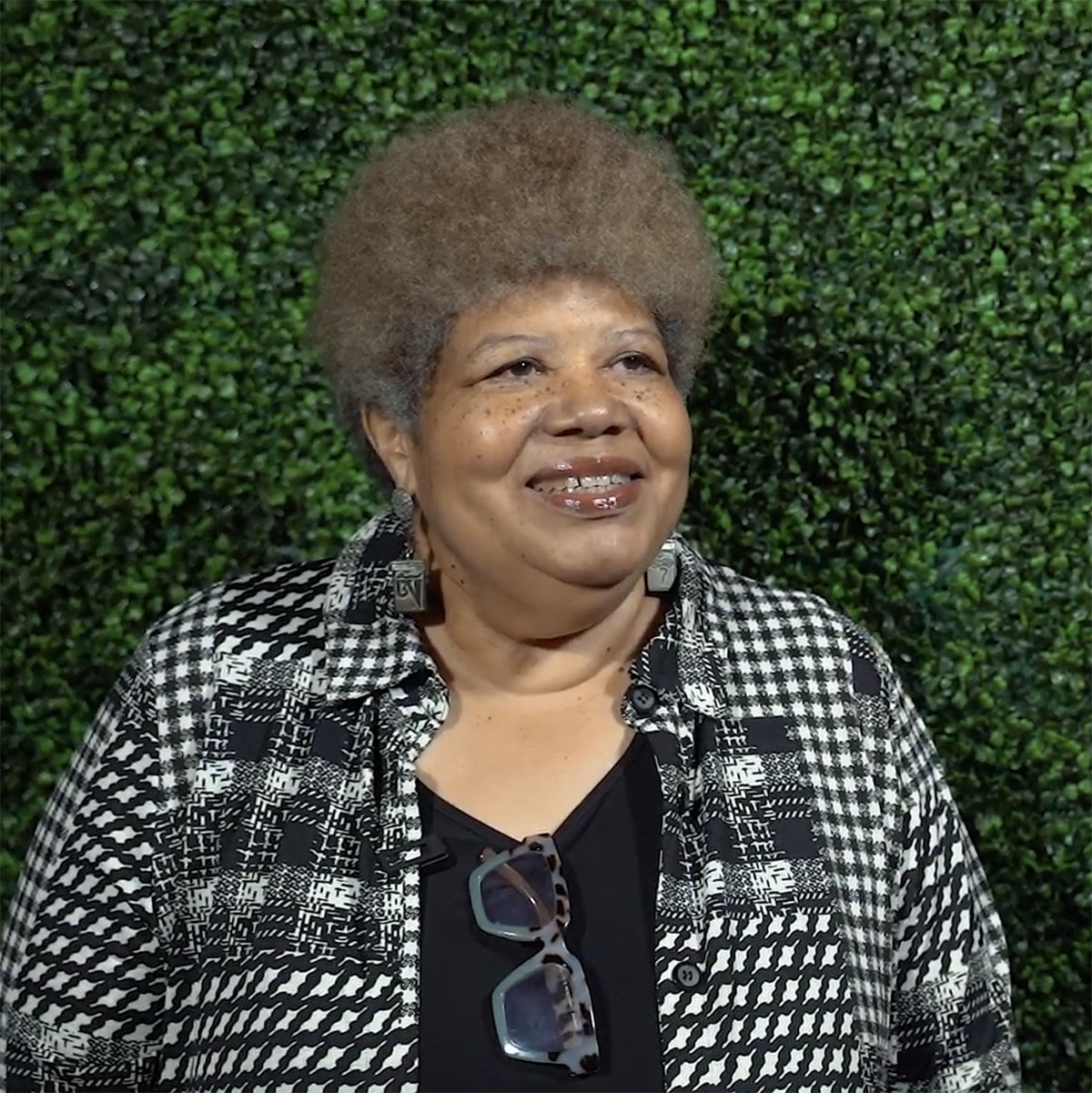A recent CNN Money series showcased the most innovative cities in America. Chicago came in at #4, in part because “…[Chicago’s] Center for Neighborhood Technology has contributed to innovations on the local level, like car-sharing and energy efficiency in homes.” Wow. We’re honored! But wait, there’s more: CNT also had a hand in projects inMinneapolis and Cleveland, two more cities on the most innovative list.
We’re very proud to see our work recognized on the national stage. BothElevate Energy and IGO CarSharing (now part of the Enterprise Carshare Network) exemplify how CNT tests innovations locally and, when successful, takes them to scale. Throughout our history, Chicago has been our lab for piloting new ideas on how to make cities work better for everyone. From cargo-oriented development and transit expansionto green infrastructure and home renovations, some of our hallmark innovations have been tested on the ground in Chicago.

Elsewhere, CNN Money called Minneapolis-St. Paul’s Green Line“transportation infrastructure done right.” The Green Line is the Twin Cities’ second light rail line, and the first to connect the two cities. CNT helped government leaders secure grant funding for the project, using our Housing and Transportation (H+T®) Affordability Index to help demonstrate the economic and community benefits of building the transit line.
“The Green Line is the spine of our community,” said former Minneapolis mayor R.T. Rybak. “It’s really powerful that the planning was done in a way that was able to include communities.”
Sustainable Cleveland is the city’s ten-year plan to improve its environment, economy, and sense of community. CNT contributed expertise in sustainable development to two historic Cleveland neighborhoods targeted by the plan for revitalization. We wrote reports detailing the actions taken in Kinsman and Detroit Shoreway and highlighted assets that could be used for future advances in mobility, waste reduction, energy efficiency, green space, and public health. Additionally, we developed calculators that the neighborhoods can use to calculate current GHG emissions and identify new opportunities for GHG reduction.
We continue to explore and invent new ways for cities, neighborhoods, and regions across the country to become more sustainable and prosperous – rethinking how people get around, how urban spaces are used, how communities can become more affordable. Along with other forward thinkers leading the way, we are excited about opportunities to shape the next generation of urban innovations across America.





 Strengthening Transit Through Community Partnerships
Strengthening Transit Through Community Partnerships